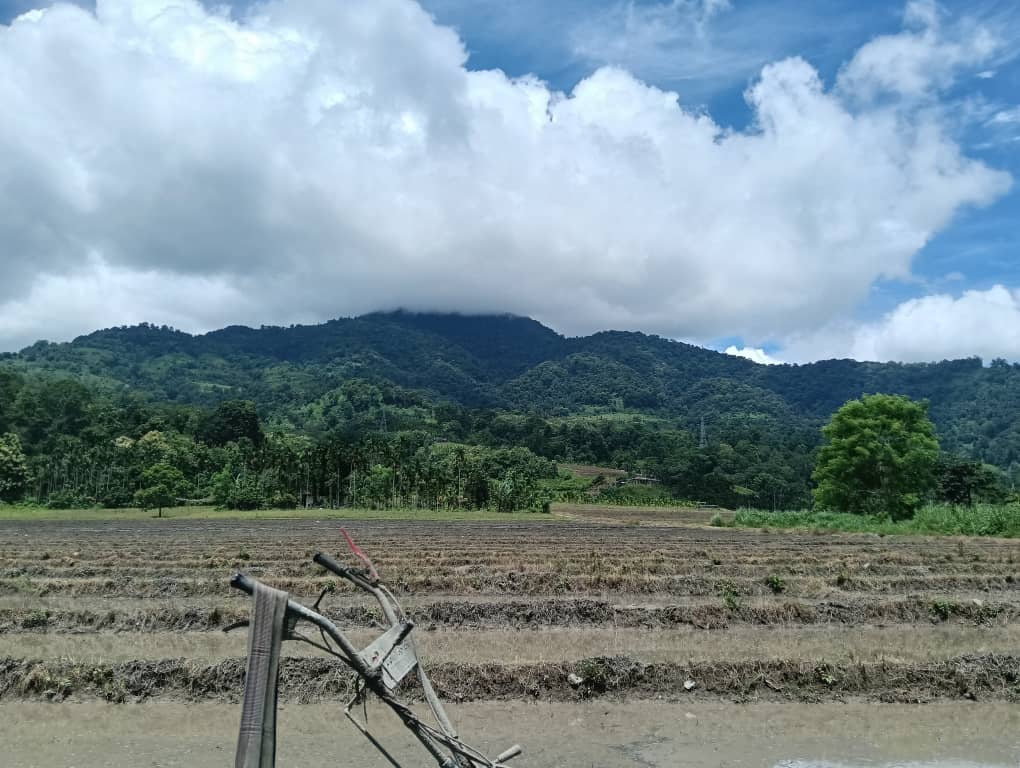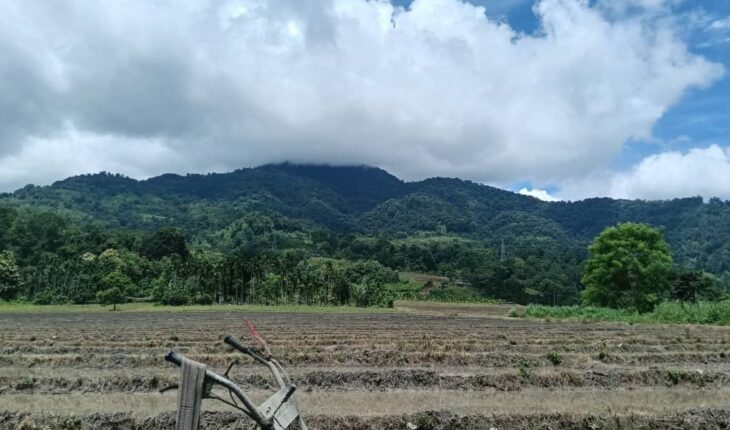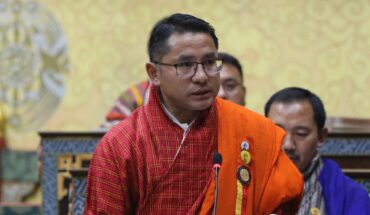
Water scarcity challenges livelihoods in a remote Samdrup Jongkhar gewog
DAWA ZANGMO
Thimphu
Farmers in Phuentshogthang Gewog, a remote agricultural hub located in the eastern district of Samdrup Jongkhar, are increasingly grappling with the harsh consequences of climate change.
Over recent years, the region has witnessed a dramatic transformation in its climatic conditions, marked by persistent water shortages and erratic weather patterns that are severely affecting agricultural productivity and posing serious threats to food security in the area.
Among the most pressing concerns is the chronic water scarcity affecting several villages, particularly Drupchhugang.
Communities here are facing severe hardships as traditional water sources have dried up due to declining rainfall and rising temperatures both widely recognized as symptoms of climate change.
The situation has become so dire that villagers are unable to access even the minimum required water for daily consumption, sanitation, or farming.
“It’s been many years now, and we are still facing water shortages,” said the Tshogpa, or local elected representative, of the chiwog, reflecting a collective frustration that has grown as the region continues to suffer from diminishing water availability.
While the gewog administration has made several attempts to alleviate the situation, the core issue remains unresolved. One such intervention included the construction of a larger reservoir tank, which increased the water storage capacity from 2,000 litres to 6,000 litres.
However, the increased capacity has not translated into a stable supply, due to the absence of a reliable source of water to fill the tank.
Many households in Drupchhugang now receive water only once every two to three days. When water is available, the quantity is inadequate to meet the villagers’ essential needs.
“During the monsoon season, water issues are temporarily solved,” the Tshogpa explained, “but in other seasons, the scarcity becomes acute. We are now looking to identify new water sources nearby gewog that can ensure a steady supply for our community.”
Despite these severe challenges, some farmers in the gewog are striving to adapt and remain productive. A prominent example is the Sangshingzor Vegetable Group, which has been actively cultivating off-season vegetables such as cabbage, broccoli, beans, and early potatoes.
These crops have helped generate modest but meaningful income for the group’s members, with monthly earnings in the thousands of ngultrums. However, the group’s efforts are also being hindered by the lack of irrigation facilities.
“We’re currently using drinking water for vegetable cultivation, which is not only unsustainable but also restricts us from scaling up production,” said Jamtsho, a representative of the group, adding if they had access to a reliable irrigation source, they could expand operations and create a stronger economic foundation for the community.
According to him, the group has submitted a proposal requesting the establishment of an alternative water source dedicated to irrigation.
The Tshogpa of Sangshingzor echoed this sentiment, noting that although villagers have so far relied on drinking water for limited cultivation mainly because of the village’s low population there is now a growing interest in full-scale farming.
“With the introduction of the Gyalsung National Service Project, which is expected to drive economic development in our region, we are hopeful that better facilities, especially reliable water supply, will be made available,” he said. “This will encourage our villagers to dedicate more time and resources to agriculture.”
The problems confronting Phuentshogthang are fundamentally linked to the broader impacts of climate change. The gewog has been experiencing increased variability in rainfall, with long dry spells becoming more frequent and intense.
The traditional agricultural calendar that once guided farming activities has become unreliable, leaving farmers in a constant state of adjustment with limited technical support or guidance.
Natural water sources that once supported entire villages are either shrinking or have dried up altogether. This has led to increased tensions over water sharing, particularly between neighboring communities.
Disputes are becoming more common, as upstream villages are often reluctant to share the dwindling water resources with downstream settlements. The lack of a coordinated and sustainable water management plan is exacerbating these tensions.
To mitigate the worsening water crisis, the gewog administration has invested over Nu 400,000 to improve water storage infrastructure in Drupchhugang.
However, this is only a partial solution. Local officials are also in the process of identifying and protecting upstream water catchment areas in the hope of rejuvenating natural springs and streams.
But these efforts require more robust support both financial and technical at the regional and national levels.
Experts working in the field stress that the situation in Phuentshogthang calls for the widespread adoption of climate resilient agricultural practices.
These could include measures such as rainwater harvesting, drip irrigation systems, biochar-enriched soil management, and the cultivation of drought-resistant crop varieties.
The practices not only improve water efficiency but also enhance the resilience of farming systems to changing climate conditions.
The Sangshingzor Vegetable Group serves as a testament to what community-led agricultural initiatives can achieve when combined with institutional support and basic infrastructure.
The success of such models demonstrates the potential for economic transformation in rural areas, even under adverse conditions. However, for these initiatives to flourish, it is imperative to address the critical challenge of water availability.
Scaling up cooperative farming models like the one in Sangshingzor could offer a viable path forward for rural communities struggling to adapt to climate change. With proper access to irrigation, market linkages, and agricultural extension services, such groups can contribute significantly to the local economy while enhancing food security.
Phuentshogthang Gewog is increasingly becoming a case study of how climate change is destabilizing rural livelihoods in Bhutan’s eastern region.
With farmers battling both prolonged water shortages and unpredictable monsoon flooding, the future of agriculture in the region remains uncertain. Local efforts though commendable are not enough to address the scale of the problem.
What is urgently needed is a well-coordinated, long-term strategy involving all stakeholders: local governments, civil society, technical experts, and national policymakers.
This strategy, farmers say, should prioritize investments in climate-resilient infrastructure, inclusive water governance, and farmer education. Without such a comprehensive plan, communities in Phuentshogthang and similar regions risk becoming increasingly marginalized.
The situation is further compounded by the lack of awareness and preparedness among many rural households, who continue to depend on traditional farming methods that are no longer suited to current climatic realities.
While the resilience of farmers in Phuentshogthang is admirable, their struggle highlights the urgent need for systemic change.
Farmers say Phuentshogthang’s experience must serve as a wakeup call, not only for regional planners but for national development agencies to prioritize climate action before the damage becomes irreversible.




